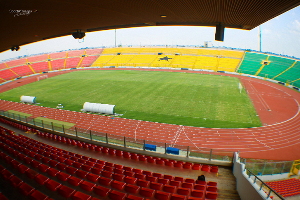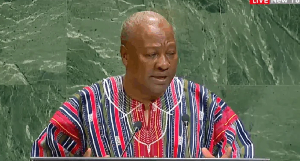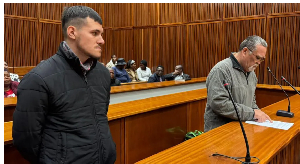In video interviews, many interviewees either go blank or get their thoughts mixed up along the line.
Journalists are therefore compelled to type points on a laptop or on a piece of paper and show it to the interviewee as prompt.
This wastes time as it extends the duration of the interview.
It becomes a big problem for solo journalists whose attention is often divided between manning the camera to prevent technical hitches and helping the interviewee.
Fortunately, a journalist, Emmanuel Kwasi Debrah, has come up with a portable device known as ‘Paper Prompter’ which is meant to overcome these challenges.
“Imagine, you’ve allotted 30 minutes for this interview and in the middle, you hear cut, cut, cut; so instead of the 30 minutes, you end up spending more than an hour on this interview. In such a situation, a teleprompter comes in handy but this is expensive and sometimes bulky to carry around.
“I thought to myself, what can I do to salvage the situation? The paper prompter came to mind.
“I designed a crude prototype and I contacted Obeng Okofo Darteh of the KNUST College of Engineering Innovation Centre, who helped me design a finer version,” said Debrah.
The device is made up of a hollow shaft fitted with a cylindrical bar with holes aligning the edge of the bar.
The holes are points of attachment to the clip. The sheet of paper is therefore held to the bar by the clips.
“In a windy environment, two clips help to secure the paper well, else a clip is okay,” he said.
It is fitted with a bolt to regulate the length of the cylindrical bar depending on camera or paper size.
The tool has a hot shoe adapter to mount on the camera and cold shoe adapter at the top to accommodate light or microphone.
As the reporter focuses on his camera, the interviewee looks at the sheet of paper which has the write-ups to help interviewees sail through the interview smoothly.
Again, questions can be written on the paper for interviewees to answer without the interviewer interrupting.
Reporters can also write down points on the paper for piece-to-camera stories, and would not have to carry along expensive electronic gadgets like a teleprompter.
“With 140 cedis, I can give you one. I’ve done several tests and still doing some to see how effective the device can be,” said Debrah.
General News of Monday, 11 January 2021
Source: atinkaonline.com













